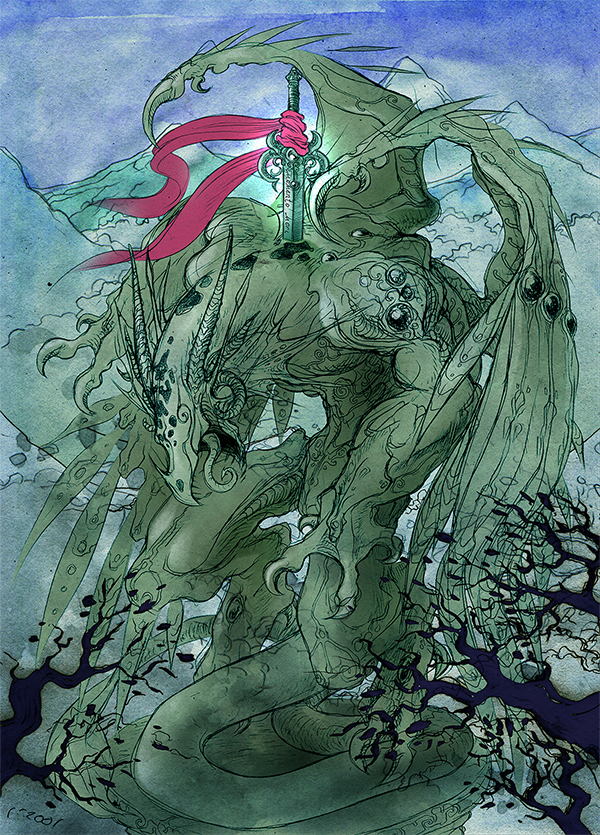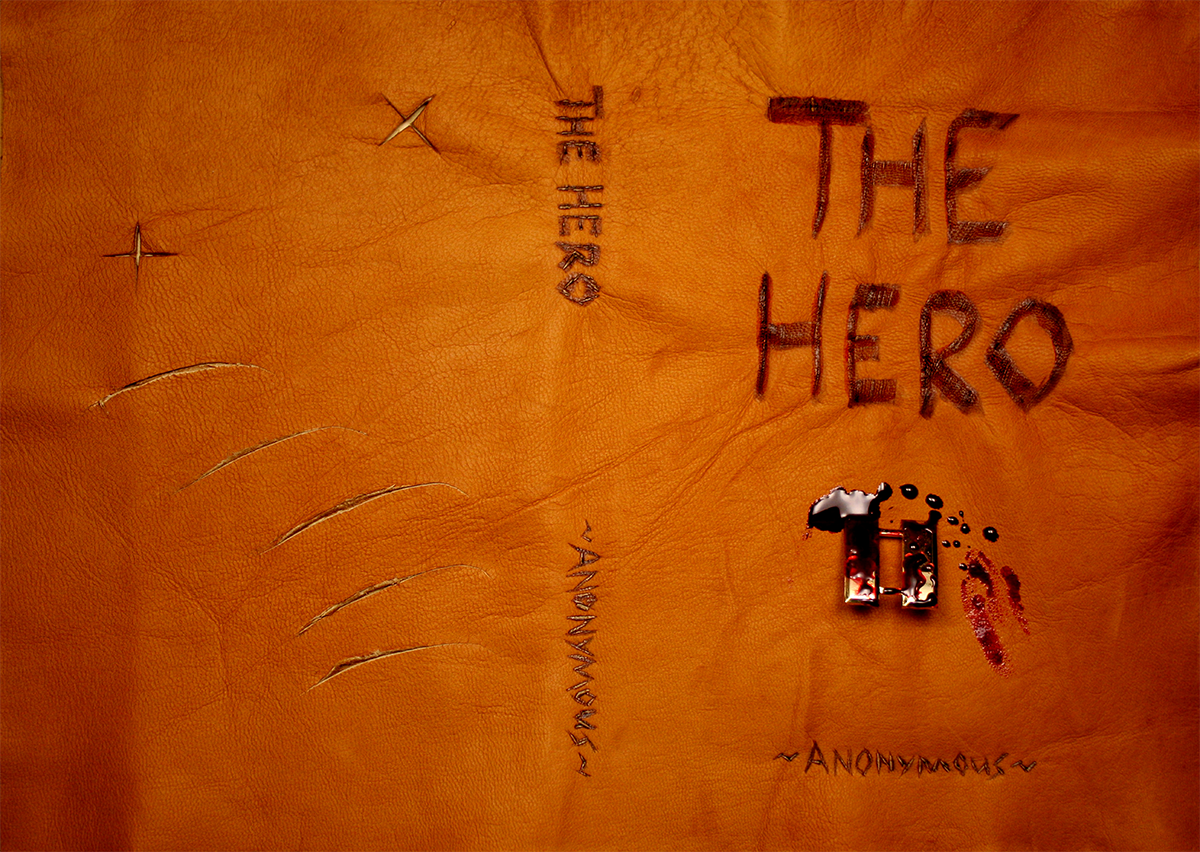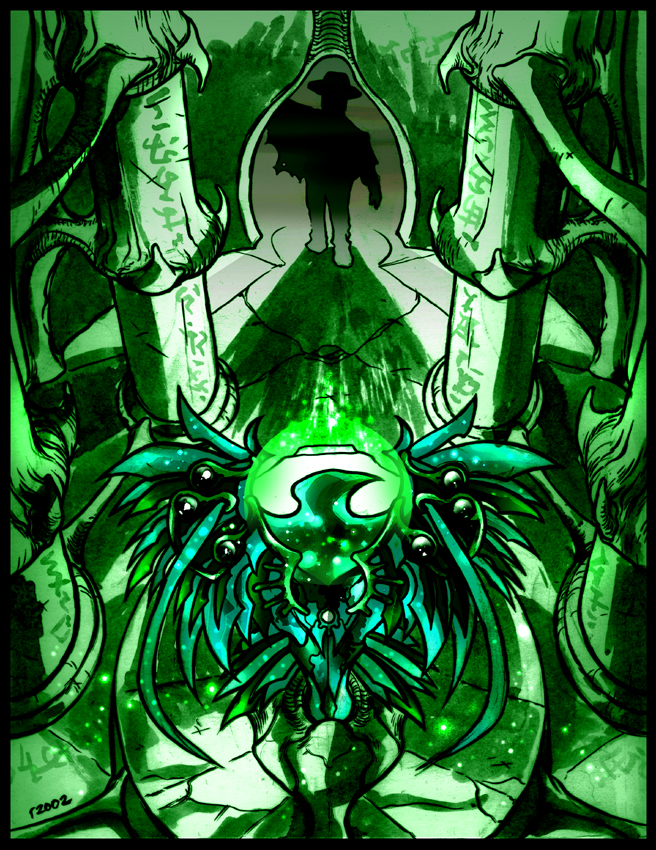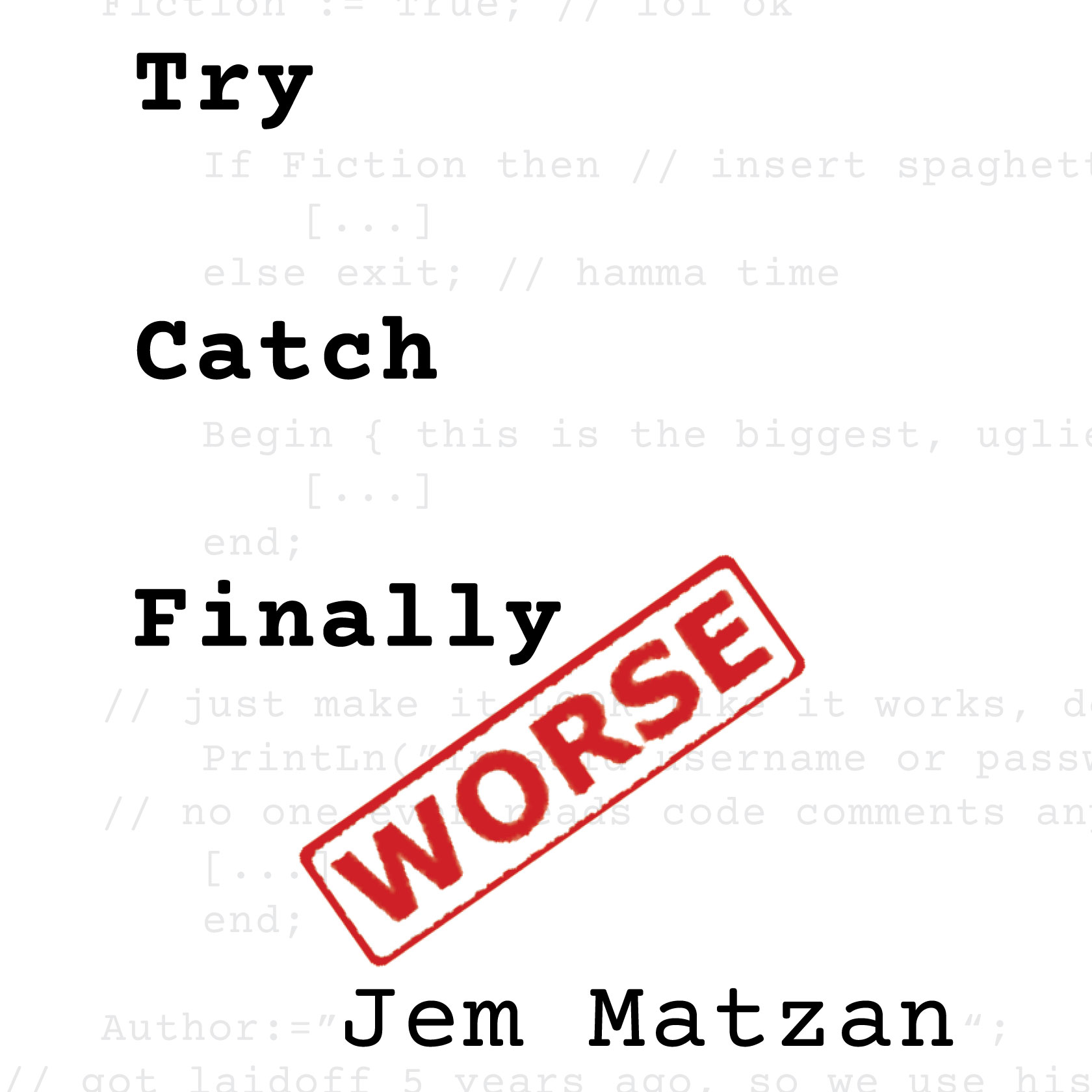The Hero (2001)

My first novel, The Hero, began as a short story, then transformed into a screenplay (it was never produced -- I just liked writing in the screenplay format). Then I converted the screenplay into a novel, and published it in hardcover, trade paperback, and ebook formats in 2001. I did pitch it to a handful of agents and medium-sized publishers who accepted submissions -- I researched the whole query process and got a copy of Writer's Market and everything. They all ended up rejected, of course. That isn't why I chose to self-publish, though; I knew that I could get a contract for The Hero eventually, but I didn't want to wait years for the process to play out, and I didn't want to make changes to the story to suit other people's tastes. I'd already published a collection of short stories, but I felt like I couldn't be a real author until I'd published a novel, so I committed to self-publishing The Hero.
As with Tales From the Twentieth Century, I quickly found that rushing to publish something for any reason was always a bad idea, as was taking shortcuts in service to vanity. In the early 2000s, if you bragged about being a "published author," the first reply you'd hear was: "Who are you published with?" The kind of people who ask those questions don't have any respect for self-publishing, but that's okay because the respect you were trying to generate by bragging about your "published author" label was bullshit, too. It could be worse, though -- you could actually be published through a big-name corporate publisher, get all the respect-by-proxy you were looking for by basking in the status of a corporate blessing, and then your crappy new-author contract with Doubleday or Harper Collins or Penguin Random House would expire and your books would get pulped because they weren't mega-hits, then your bloated self-worth would get sucked into the Abyss and you'd quietly take a full-time job in advertising.
The Hero had excellent cover art. I was fortunate enough to be local friend-of-friends with an excellent graphic artist named Ross Campbell. I might have been his first commission; he was only 18 or 19 at the time. He insisted on being credited as Ro Cambe, either because he didn't like the cover I paid him to draw, or because he thought the story was cheese. I also commissioned him for cover and interior character art for the sequel, The Search for the Emerald Blackbird. Then he went on to do D&D books for White Wolf Publishing, then he got a contract to do his own graphic novels, then he got a contract to do new editions of Jem and the Holograms (no relation) and Teenage Mutant Ninja Turtles comics. And, apparently, now he's a she -- Sophie Campbell -- and too busy and/or rich and/or famous to do book covers.
The Hero, Second Edition (2013)

After several attempts to do surgical revisions on The Hero from about 2005 to 2009, I decided it was better to start over. I was older and smarter and my clever ideas were so much more clever than they were in 2001. The story ended up being substantially different from the original; in retrospect I should have given it a new title. The Hero, Second Edition was released in trade paperback and ebook formats in 2013, then recorded as an audiobook in 2015, and I took it out of distribution in all formats in July 2022. Once again I find it embarrassing because it was largely (but not entirely) a vehicle for clever ideas that have long expired, though much less so than the first edition.
Doing your own cover art is often put on the same level of foolishness as being your own lawyer, but you can avoid the pitfalls if you have appropriate standards and can remain objective. I did my own cover for The Hero, Second Edition by taking a high-resolution photograph of a piece of leather that I'd made to look like the cover of a leather journal that had survived many adventures. I added a double-bar military captain's pin and some fake blood, props which align with the book's climactic fight between Owen and the nameless Captain. My only complaint was that I had to cut a piece of real leather to match the exact cover dimensions of the book, and somehow I was off by a little bit, so the critical elements aren't perfectly aligned. I looked for advice on cover art, and found a lot of bad information in crappy articles on sites that sell bullshit to authors. I also found a lot of hand-waving, napkin-math, and "you know it when you see it." The solution, as it so often is, was to stop looking for other people's opinions, and ask myself what I liked and didn't like about book covers, and why; I needed to step back from the author role, and adopt a reader perspective. I concluded that good cover art only has one requirement: it must look like a single cohesive work of art. If it looks like you pasted some text onto an image in InDesign, then it's bad; if it looks like one piece that was designed holistically, then it's good. Beyond that, I've identified some secondary principles that seem to only apply to bookstore and kiosk marketing: there is a benefit to a cover using the same colors and fonts as the bestselling books in the same genre, and the largest text on the cover is whatever is most marketable. Sometimes that's the author (look at any Stephen King cover from 1980 onward -- his name is huge, the title is tiny), and sometimes it's the title (which highlights the topic, or follows a familiar book meme like using the word girl in the title to let readers know that this is a thriller about a 30ish woman).
Another major mistake I made with the second edition was: crediting it to Anonymous. This was an endless source of problems when trying to promote a book that, by 2013, had a very common title that could not be easily searched for (in 2001, there was only one book with that title, and it was long out of print, having been written by W. Somerset Maugham about 70 years earlier). I wanted the book to look and feel like a found journal, and since the narrative is first-person singular past tense, I didn't want the nameless Captain to be associated with my real name. I felt that putting my name on the cover would break the sense of immersion and suspension of disbelief. In the story, the main character is not only nameless, but also intentionally undescribed so that readers can imagine whomever they want. This was partly a clever idea, and partly an actually useful storytelling device -- that kind of sums up the second edition in general: in some places it is a vehicle for clever ideas, but the core of the story is actually good.
The Hero of Dracheburg (2024)
After more than 20 years, I think I'm ready to do the third and final rewrite of The Hero, but this time I will retitle it as The Hero of Dracheburg and credit it to my name. Largely this will be an effort to purge all clever ideas and just focus on the story and the characters, so I won't have to start from scratch again. I anticipate releasing it in various formats in 2024. If you'd like to be notified when it's ready for pre-order, join my mailing list.
The Search for the Emerald Blackbird (2003)

While I was doing the final revision on The Hero (I should have done at least 3 more, but I couldn't force myself to be patient), I began working on the sequel because drafting is so much more fun than revising, and I lacked the discipline to set that aside until the first book was 100% ready. I published it in 2003 as The Search for the Emerald Blackbird. I took both books out of print in 2008 with the intention of revising and re-releasing them.
While I did put some effort into revising The Search for the Emerald Blackbird a few years ago, I don't currently have any plans for releasing a new edition.
